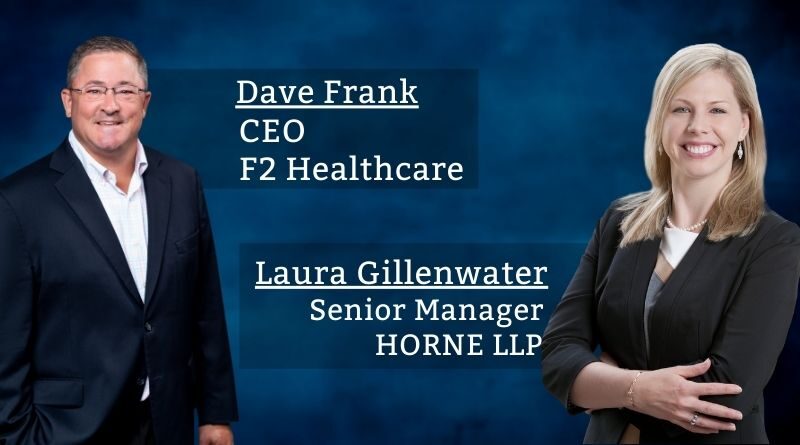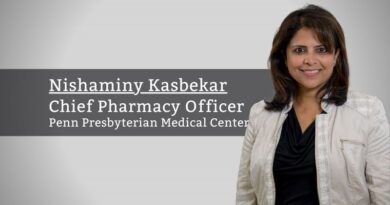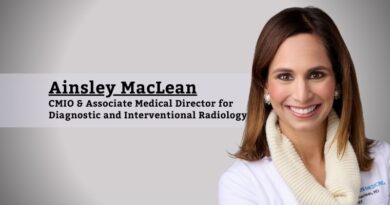A Clear Path to Standardized, Medicare Cost Report Reimbursements and Cloud-based Technologies
Healthcare information technology has had a long run of standardization and continuous improvement. Companies like EPIC, Cerner, and Meditech coupled with niche bolt-ons have made their mark optimizing most parts of the revenue cycle through technology. Although there is still room to optimize many of these components further, the improvements in efficiency and effectiveness thus far are incontestable.
Outside but connected to the typical revenue cycle of a health system are Medicare reimbursements reported through Medicare cost reports annually. In the typical health system, and definitely when viewed through the lens of national systems and standards, these “back-end” revenue streams have been left woefully behind and technologically dormant. Too many reimbursement leaders still find themselves manually preparing reports, scrambling for documentation to satisfy auditors, managing reams of data with spreadsheets, and then still receiving too many notices of disallowed reimbursement adjustments.
Medicare cost report reimbursement is a largely missed technology opportunity in healthcare. Hospitals pile up massive value in Medicare bad debts, uncompensated care, disproportionate share, and many other niche components. A lack of integrated technology solutions allows an average of 10% or more of eligible reimbursement (equating to billions of dollars nationally) to disappear through a perpetually leaky bucket. Unfortunately, this problem for healthcare leaders remains inadequately addressed by a myriad mix of manual, disparate approaches getting lackluster, inconsistent results.
Technology can change this, and healthcare leaders would be shocked to realize how much money can be recovered as a result. Add to this the saved human resource costs of dealing with dated processes and methodologies along with the business case for standardizing and moving to cloud-based technologies, and we have a compelling case for change.
Why is this happening?
The challenges in these net revenue areas result from interrelated nuances in key drivers without meaningful technology to sequence and hold them together over the typical filing and collection cycle.
These 4 disconnected drivers are:
- People – healthcare finance and reimbursement professionals are not typically on the same organizational chart as revenue cycle teams. To make it worse, many times, one or both groups are outsourced to multiple vendors.
- Time – there is a long realization cycle for Medicare cost report reimbursements. The Medicare cost report itself is typically filed five months after fiscal year-end and corresponding audits can be 2-3+ years out.
- Data Processes – while today’s revenue cycle systems have significant data warehouses and archiving, many times the data needed for reporting purposes is not being tracked and/or organized in required formats. In addition, long-term gathering of detailed audit support is typically taxing due to months or years of inattention.
- Regulation – ever-changing Medicare regulations, varying by Fiscal Intermediary, can make the entire net process frustratingly cumbersome and fruitless.
HORNE and F2 Healthcare went above and beyond a traditional Medicare Bad Debt ‘project’ to provide a high level, detailed summary of what was happening across a myriad of different platforms and processes within our health system,”the health system’s CFO said. “They then helped us implement solutions to recoup value in the past and preserve value going forward.
Case Study: A Growing Health System Gets a Game-Changing Solution
A recent example of a 26-hospital national health system’s experience vividly frames this complex set of issues. Having acquired several hospitals within a six-month timeframe, the health system recognized that the data needed to submit and support Medicare bad debt reimbursement had become a spaghetti of loose ends due to different patient accounting systems, employee turnover, delayed collection agency reconciliations, disorganization of data, and pending deadlines. The CFO and her finance team were overwhelmed.
They sought help from HORNE LLP, a professional services firm built on a cornerstone of public accounting. With six decades of service to health systems, HORNE’s team knew the complexities and understood that a rapid, manageable solution was paramount to achieve the right outcome.
“It was not humanly possible to solve these problems without a smart technological solution. It would have taken too long, been too expensive, and wouldn’t have achieved the results we knew were possible,” said Laura Gillenwater, a senior manager with HORNE in Conway, Arkansas.
Laura’s team combined their professional expertise in cost reporting and hospital operations with F2 Healthcare’s Medicare reimbursement analytics technology to organize and analyze all the data in weeks. The results have been astounding.
“HORNE and F2 Healthcare went above and beyond a traditional Medicare Bad Debt ‘project’ to provide a high level, detailed summary of what was happening across a myriad of different platforms and processes within our health system,”the health system’s CFO said. “They then helped us implement solutions to recoup value in the past and preserve value going forward.”
Since then, HORNE has continued to partner their services with F2’s reimbursement analytics technologies across their client base. We share a common goal to create the same experience and value for health systems in our mutual footprint and open up new doors to envision a new, technology-based services solution in the future.
Click, Click, Send with Standardized, Cloud-based Technologies
Imagine a world where all the real-time Fiscal Intermediary approved information needed to submit for Medicare cost report reimbursement was being gathered and prepared in the background with little to no attention from the reimbursement and revenue cycle leaders. When the cost report comes due, reimbursement teams could click a few buttons and “voila!” it’s “99% done” with exception reports that highlight certain risks and focus final management and professional reporting attention. If the Medicare Fiscal Intermediary auditor needs data to support the numbers, it is readily accessible. With that sort of solution, it would be possible to keep teams across the organization focused and reimbursement optimized. Much like the standardization of cost report software and associated methods, reimbursable components in the cost report need the same outputs that have regulatory buy-in.
Pivoting to a Technology-based Platform Nationally
The tools, workflows, and people gathering data for cost reporting varies widely between health systems. This wheel of components is being reinvented continually, resulting in providers foregoing lasting long-term improvement as a whole. In short, people-driven processes are dated and cannot solve these problems dynamically over the long-term. A mostly technology-led process could provide a national standardized platform for healthcare professionals, including support vendors serving them, mitigating many of these risks associated with longer-term inconsistency.
To unify thousands of provider resources, methodologies, consultants, and governmental agencies nationally, these four things must happen:
- Collaboration. We need to create a community of like-minded people in the reimbursement IT space including service providers, fiscal intermediaries, and technologists in delivering a solution.
- Standardization. We must create a national standard to support commonly accepted approaches to gathering and preparing reimbursement detail for Medicare cost reporting.
- Integration. We need to create a technology that integrates with what hospitals are already doing with easy ways to plug in a reimbursement solution to their current systems.
- Perfection. We need healthcare leaders to believe that technology can outperform even the smartest internal and external teams in producing a reliable, consistent outcome annually.
A vision is forming to gather all the participants together to eliminate common pains for all. Eliminate fiscal intermediary challenges through more transparent reporting and relationships, make data gathering easy, and reimbursement submission a breeze. Billions of dollars will flow back through health systems, who can continue to provide for their noble, critical mission in our lives.



